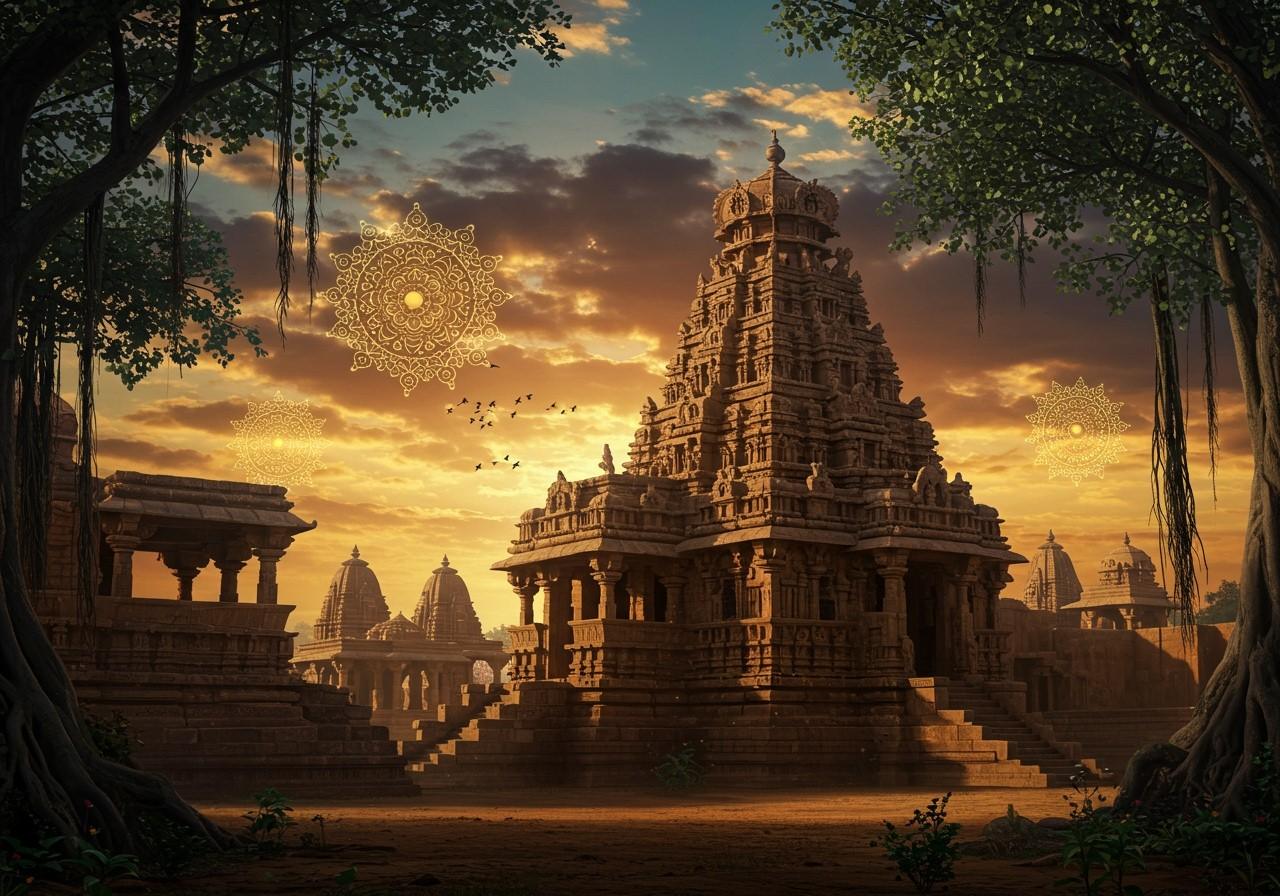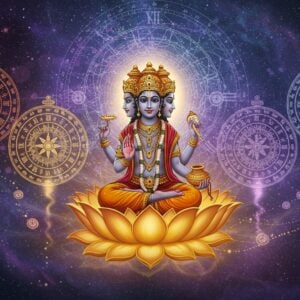The Chalukyan Dynasty: A Journey Through Architectural Wonders

The Chalukya Dynasty, a prominent force in South Indian history, reigned from the 6th to the 12th centuries. Their legacy is etched in stone, literally, through the magnificent temples they built across Karnataka. These architectural marvels stand as testaments to their sophisticated understanding of art, engineering, and spirituality. Exploring these temples offers a captivating glimpse into a glorious past, a journey through time etched in stone and intricate carvings.
Three Branches of a Flourishing Dynasty
The Chalukya dynasty wasn’t monolithic; it comprised three distinct branches, each contributing uniquely to the architectural landscape:
- The Badami Chalukyas (6th-8th centuries CE): Based in Badami, they pioneered the Vesara style, a harmonious fusion of Nagara (North Indian) and Dravida (South Indian) architecture. Their early experiments in Aihole, dating back to around 450 CE, laid the groundwork for their later masterpieces in Badami and Pattadakal.
- The Western Chalukyas (10th-12th centuries CE): Also known as the Kalyani Chalukyas, they further refined the Vesara style in the Tungabhadra region. Their contributions showcased a more evolved form, adding to the richness and diversity of Chalukyan architecture.
- The Eastern Chalukyas (7th-12th centuries CE): While their reign centered in Andhra Pradesh, their influence extended to some temples in Karnataka, demonstrating the widespread impact of the Chalukyan architectural idiom.
Architectural Features: A Symphony in Stone
Chalukyan temples are celebrated for their distinctive features:
- The Vesara Style: This signature style, a blend of Nagara and Dravida elements, is the hallmark of Chalukyan architecture. It represents a unique synthesis, creating a style that is both elegant and powerful.
- Rock-Cut Caves: Many Chalukyan temples were carved directly into sandstone cliffs, showcasing impressive feats of engineering and artistry. These cave temples, with their sculpted pillars and ornate ceilings, offer a unique spiritual experience.
- Structural Temples: The Chalukyas also mastered the art of building free-standing stone temples with elaborate superstructures, intricate carvings, and spacious pillared halls. These structures demonstrate a mastery of stonework and architectural design.
- Intricate Carvings: The temples are adorned with detailed sculptures and carvings depicting scenes from Hindu mythology, adding layers of narrative and symbolism to the architecture. These carvings showcase the skill and artistry of Chalukyan sculptors.
Exploring Karnataka’s Chalukyan Treasures
Karnataka is a treasure trove of Chalukyan temples. Here are some must-visit sites:
- Aihole: Known as the “Cradle of Indian Architecture,” Aihole houses a plethora of early Chalukyan temples, including the Lad Khan Temple and the Durga Temple. It provides a glimpse into the evolution of their architectural style.
- Badami: The capital of the early Chalukyas, Badami is famous for its breathtaking cave temples dedicated to Shiva, Vishnu, and Jain Tirthankaras. These cave temples are a must-see for their historical and artistic significance.
- Pattadakal: A UNESCO World Heritage Site, Pattadakal showcases the pinnacle of Chalukyan architecture. The Virupaksha Temple and the Mallikarjuna Temple exemplify the perfect blend of Nagara and Dravida styles.
- Other Notable Temples: Karnataka boasts many other significant Chalukyan temples, such as the Mahadeva Temple at Itagi, the Kasivisvesvara Temple at Lakkundi, and the Dodda Basappa Temple at Dambal, each with unique architectural features and historical importance.
Poojn.in: Your Companion on a Spiritual Journey
As you plan your visit to these magnificent temples, enhance your spiritual experience with Poojn.in, India’s leading online store for cultural and religious goods. We offer a wide selection of products to make your temple visits more meaningful:
- Attire: Find traditional clothing like pure cotton vastras and dhotis, ensuring a respectful and culturally appropriate temple visit. Browse our collection of prayer shawls for a truly immersive experience.
- Offerings: From coconuts and fruits to incense sticks and camphor, we offer everything you need for traditional offerings. You can also find kumkum and turmeric for tilak, enhancing your spiritual practice.
- Puja Items: Discover a wide range of brass and copper puja items, including traditional oil lamps (deepams), bells, conch shells, puja thalis, and pure ghee for lamp lighting, all crafted with the utmost care and reverence.
- Sacred Items: Deepen your spiritual connection with our selection of Rudraksha malas, copper and silver kalash, Panchapatra for holy water, sealed bottles of Gangajal, and sacred threads, all essential for various rituals and ceremonies.
Visit www.poojn.in today and prepare for a truly enriching temple experience. We offer secure packaging and pan-India delivery, ensuring the purity and sanctity of your ritual items.
Embracing the Chalukyan Legacy Today
The Chalukyan temples aren’t just relics of the past; they are living monuments that continue to inspire awe and reverence. They serve as centers for pilgrimage, cultural tourism, and a source of pride for Karnataka. By exploring these magnificent structures, we connect with a rich heritage and preserve a timeless legacy for generations to come.
Frequently Asked Questions
What distinguishes the Mahadeva Temple in Itagi?
The Mahadeva Temple in Itagi stands out for its exceptionally intricate carvings and its imposing architectural scale, showcasing the Chalukyas’ mastery of both art and engineering.
How many Chalukyan temples grace Karnataka?
Karnataka is home to a vast network of approximately 125 Chalukyan temples, each bearing the unique imprint of Chalukyan artistry and architectural innovation.
What are the defining characteristics of Chalukyan art and architecture?
Chalukyan art and architecture are renowned for their elaborate carvings, ornate pillars, intricately sculpted deities, expansive halls, and intricately designed stone roofs, all testaments to their sophisticated craftsmanship.
Why are Chalukyan temples historically significant in India?
These temples provide invaluable insights into the artistic, architectural, religious, and cultural landscape of the Chalukyan era, offering a window into a pivotal period in Indian history.
Where can I discover other Chalukyan temples beyond the Mahadeva Temple?
Karnataka offers a wealth of Chalukyan temples to explore, including the Virupaksha Temple in Pattadakal, the Durga Temple in Aihole, and the Lad Khan Temple in Badami, each with its own unique character and historical significance.
Are any rituals or traditions still practiced in Chalukyan temples?
Yes, many Chalukyan temples continue to be active sites of worship, where traditional rituals and ceremonies are still performed, keeping ancient traditions alive.
Can I visit these temples throughout the year?
While the temples are open year-round, the most pleasant time to visit is during the cooler months, from October to March, allowing for comfortable exploration of these architectural wonders.
Please note: Individual temple regulations regarding permitted items may vary. It’s advisable to check local guidelines before your visit.


